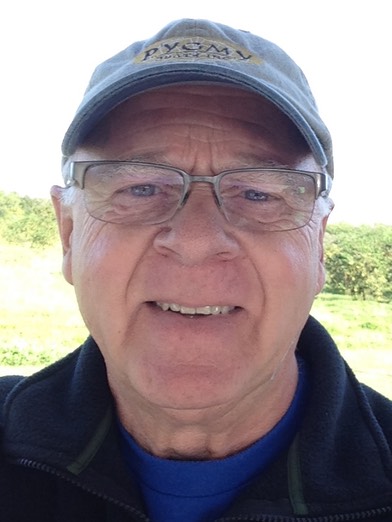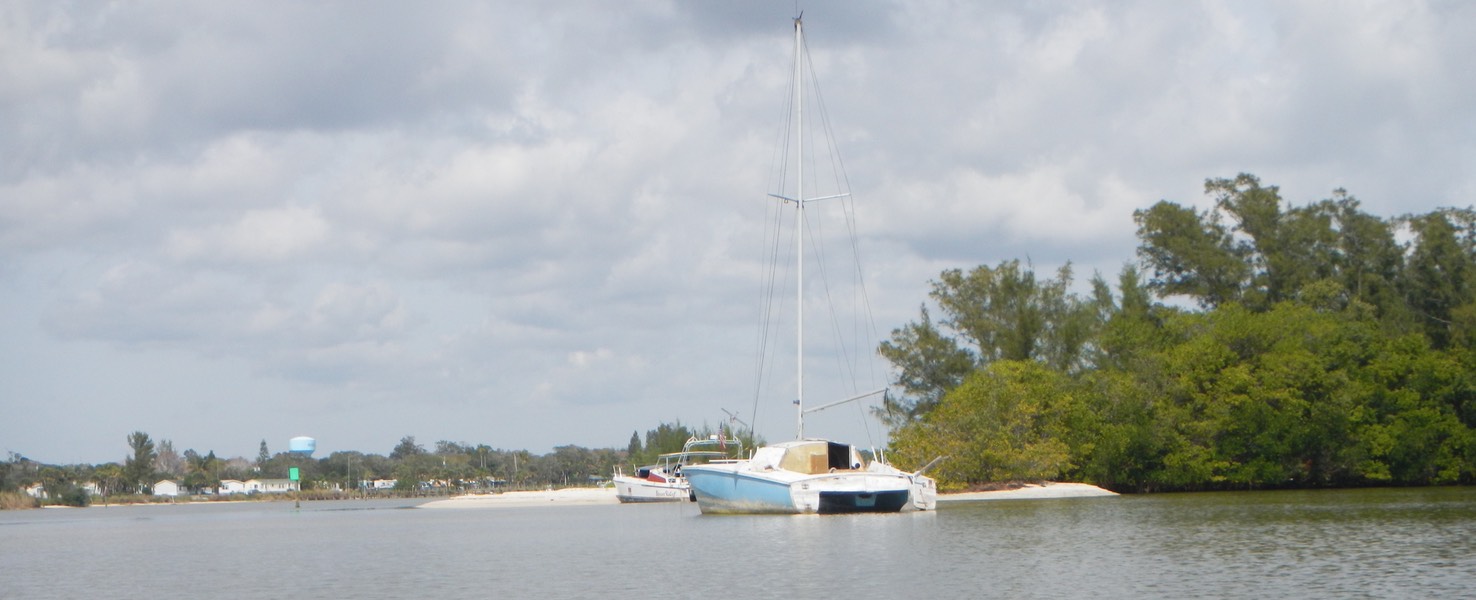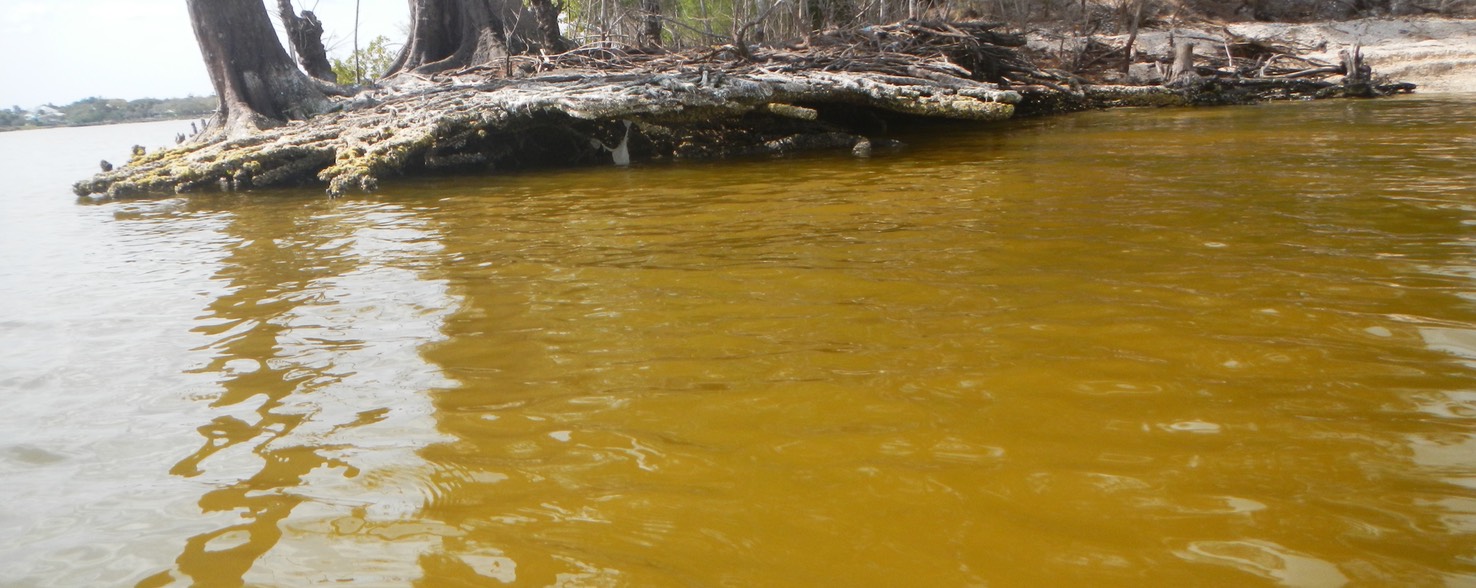
It had been months since I last paddled my favorite stretch of the Indian River Lagoon near my home in Sebastian, Florida. I was on the river inSeptember, teaching a friend how to kayak. But the last time I really had time to explore was June of 2015. This three or four mile stretch of lagoon spoil islands is like a microcosm of the larger 153 mile lagoon. It is constantly changing. Sometimes change is just change and I saw some of that. But most of the change I saw was destructive. Here’s what I saw in several vignettes.


The Spoil Islands are being washed away: The first destructive change I saw was the continued washing away of our beloved spoil islands through a combination of increased water levels and more severe storms. While protective mangroves line the shores of some islands, they are not dominant. Most of these islands are populated with Australian pines. Australian pines are an invasive species that has adapted to the harsh conditions on the islands. They are a tall tree whose root system does not go deep into the soil so as to avoid direct contact with brackish (salty) water below. The rising water levels poison them, causing them to decline and eventually die. The more frequent and violent storms wash the soil away from their shallow root systems and the trees go over. With the soil holding roots gone the island begins to wash away, leaving the massive bones of these trees littered along the shores they once held in place. Watch the video “Bones” below to see what has happened.


IR3 is becoming a dumping ground for derelict and abandoned boats: For several years I’ve been posting photos of three abandoned derelict boats, two at IR3 and one at IR1. (IR indicates that the spoil island is in Indian River County. Spoil islands are numbered from north to south with the northern most island being number one. Thus, the number following IR indicates the location of the island, north to south in Indian River County.) Since I last visited these islands, one of the two boats at IR3 has been removed, probably by the Department of Fish and Wildlife, and the one boat at IR1 is also gone. In their place are three (maybe four) other boats that may be derelict, or may be abandoned. It’s hard to tell. Two are tied off to shore, one sits unanchored on the bottom in the center of IR3’s internal lagoon, all are in serious states of disrepair and may be beyond fixing. The tune that kept replaying in my head as I surveyed this scene was “The Island of Misfit Toys” from the annual Christmas movie seen on television. So I titled the video below, “The Island of Misfit Boats”.


They’re Killing the Lagoon: Look at the color of that water! Does it look healthy to you? It’s not. Last fall the water was crystal clear. I could see to the bottom in several feet of water. On this day I couldn’t see my paddle blade once it was in the water. Why? The Army Corps of Engineers has been dumping two billion gallons of water a day from Lake Okeechobee containing pollution from agricultural run off into the St. Lucie River which flows directly into the Lagoon south of us (Eighty billion gallons so far). The Corps of Engineers is tasked with keeping Lake O water levels low enough to protect the aging Hoover Dike that surrounds it. Our Congressmen, Senators and state legislators all know how to fix this, but it would mean bucking Big Sugar, their greatest financial supporter. So the Lagoon is sacrificed, the oysters and clams die, fish stocks fall off and warnings to stay out of the water are heard regularly. It is criminal.

Now for some happy news: On my way back from IR1, I encountered a dozen or more lagoon dolphins feeding on all sides of my boat. I was a wonderful experience to be surrounded by these creatures that seemed to take little notice of me in their midst. Our Lagoon dolphins are a subspecies of the Atlantic Bottlenose Dolphin. Our Lagoon dolphin’s ancestors have been resident here for some ten thousand years. What makes them different is that the lagoon habitat is very shallow, averaging three and a half feet. Because these dolphins never have to dive deep for their food in the ocean, they have lost the ability to do so and must spend their lives in the lagoon’s shallow water. There are three distinct populations of lagoon dolphins; the northern group along the Space Coast, the central group along the Treasure coast and the southern group along the Palm Coast. There are between one thousand and seventeen hundred lagoon dolphins.

COMMENTS: